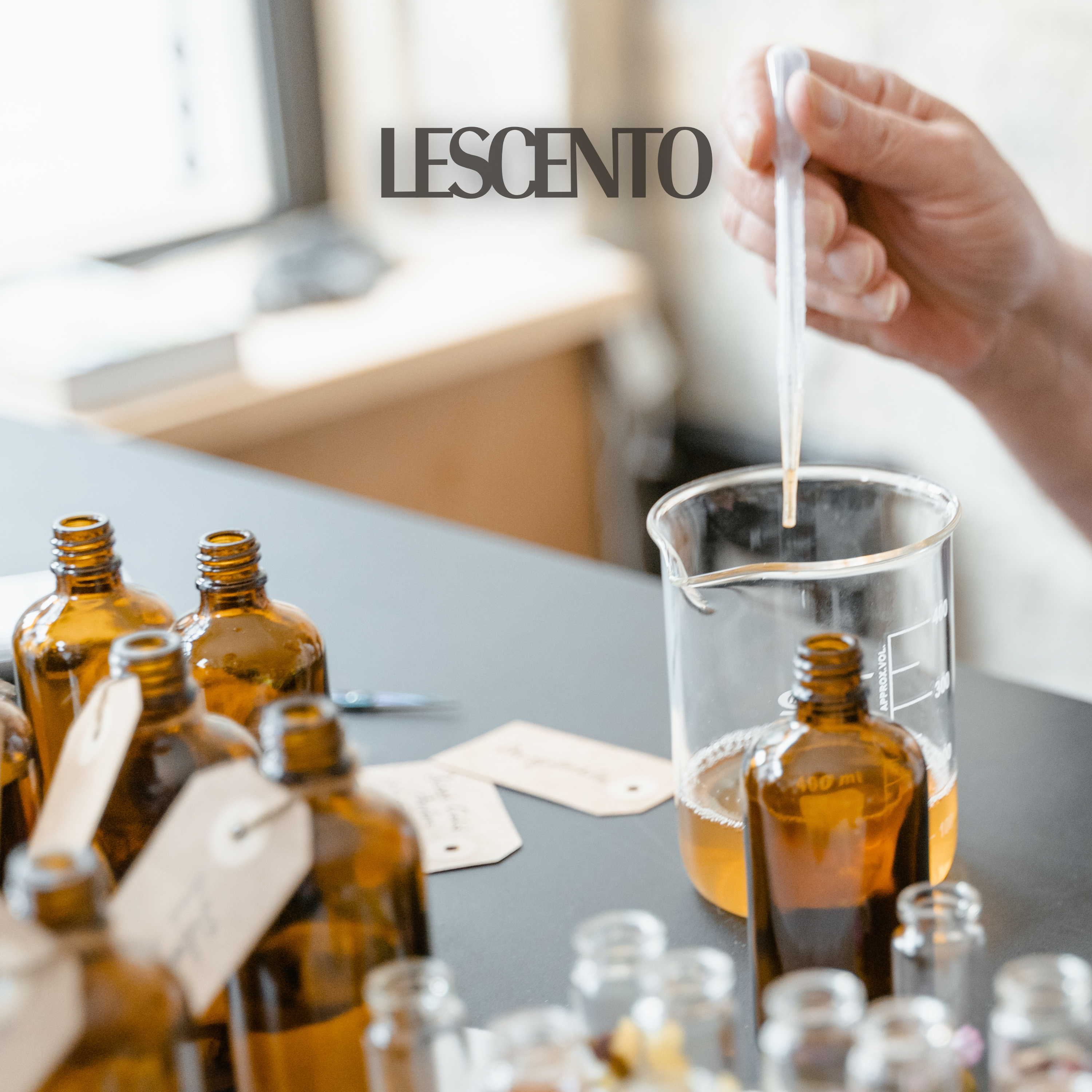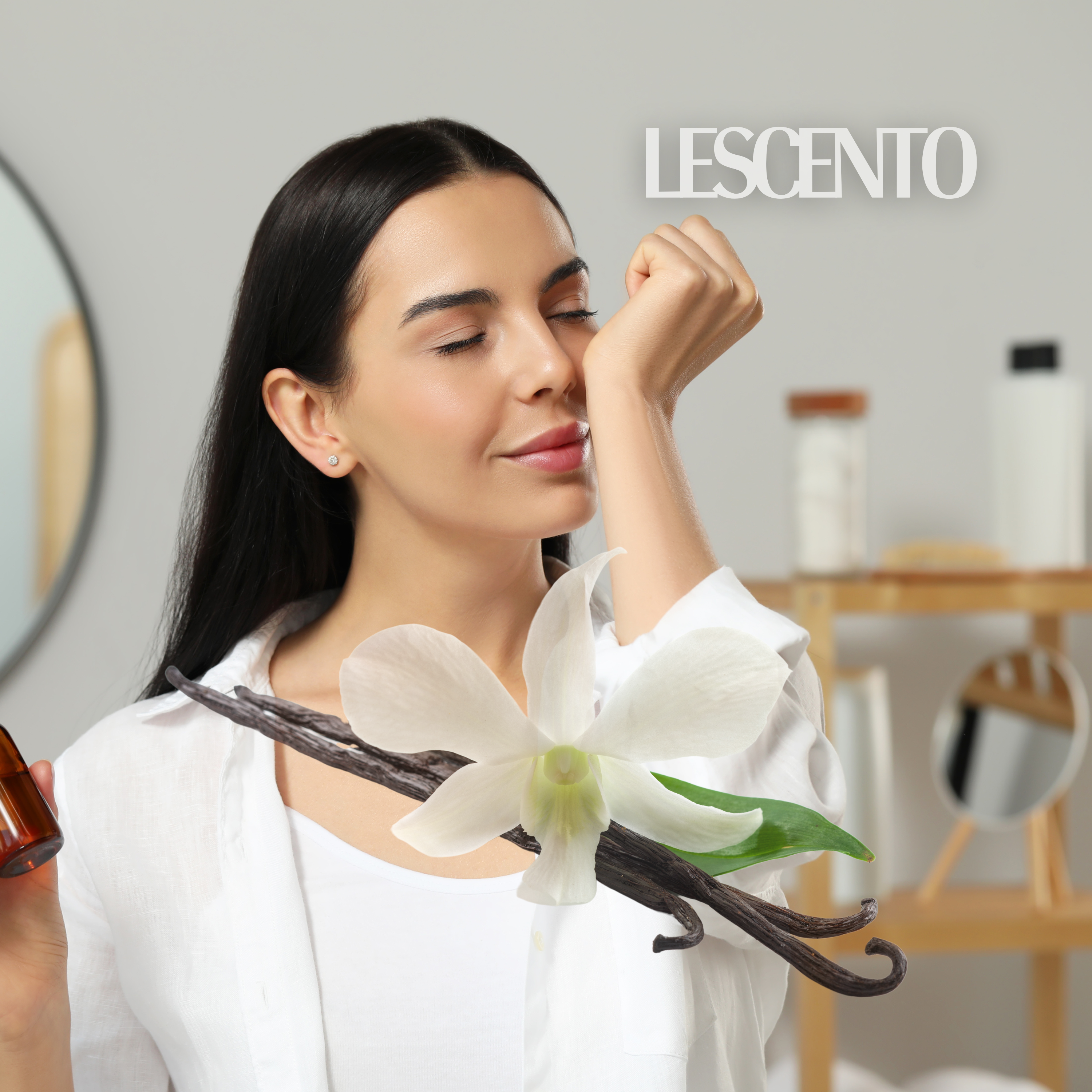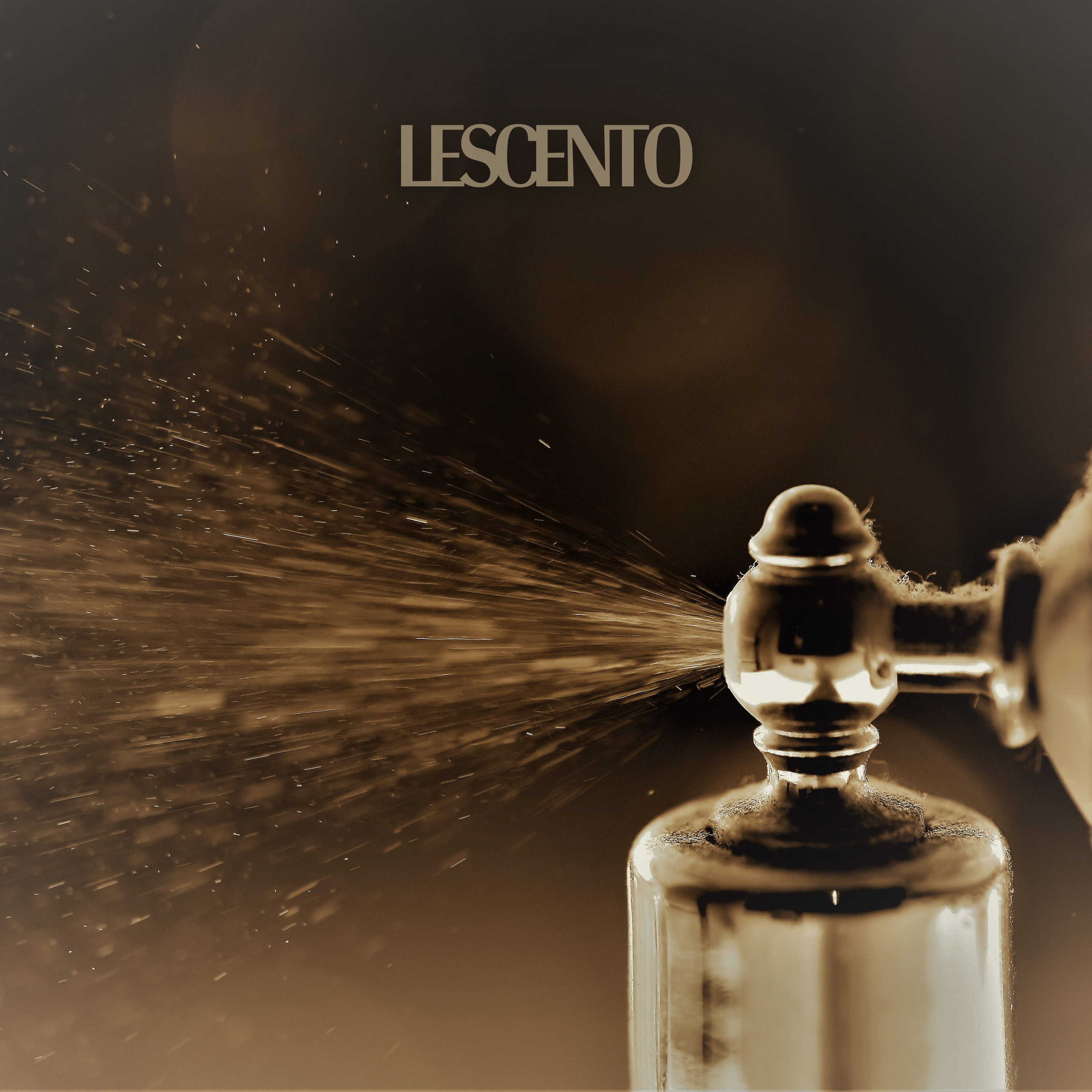
The Illusion of Notes: Why Perfume Is More Than the Sum of Its Parts
Have you ever read the notes of a perfume and expected to recognize each one, only to find that the scent is completely different? This is one of the most fascinating aspects of perfumery, the notes are there, but they don’t always smell the way you expect. The way ingredients interact can create something entirely new, sometimes masking their individual identities.
Think of it like mixing colors. If you paint blue over yellow, you get green, the blue and yellow are still there, but what the eye perceives is something different. The same thing happens in perfume: ingredients don’t just sit side by side, they blend, shift, and evolve, creating a result that goes beyond their individual scents.
How Notes Transform When Blended
Some notes naturally enhance each other, while others create unexpected effects. The way ingredients interact depends on their molecular structure, concentration, and how quickly they evaporate. Here are a few examples of how notes combine to create something new:
1. Bergamot + Lavender + Amber = Creamy Citrus Instead of a Sharp Cologne
Bergamot is fresh and bright, while lavender has a herbal, slightly medicinal edge. But when blended with amber, which is warm and resinous, the sharpness of both softens into a smooth, creamy citrus-lavender accord rather than a crisp, fresh scent. This is often used in fougères and amber-citrus blends, where freshness and warmth need to work together.
2. Jasmine + Vanilla + Patchouli = A Dark, Spiced Floral Instead of a Sweet Bouquet
Jasmine is radiant and floral, vanilla is sweet and smooth, and patchouli is earthy and woody. When combined, they don’t just add up, they turn into something deeper, richer, and spiced, almost like a boozy floral rather than a traditional sweet, creamy jasmine scent. Patchouli adds a bold edge, darkening the florals and transforming their character.
3. Vetiver + Musk + Citrus = A Smoky, Green Leather Instead of a Woody, Fresh Scent
Haitian vetiver is dry and grassy, and musk is soft and airy. When combined with citrus, instead of making the fragrance feel fresher, the blend can take on a leathery, smoky quality. Certain musk molecules pull out the deeper, rootier facets of vetiver, making the scent feel more rugged. This is common in masculine woody fragrances, where an unexpected "leathery green" effect appears.
4. Rose + Saffron + Oud = A Warm, Spiced Plum Effect
Rose is floral and slightly green, saffron is warm and dry, and oud is deep and woody. Together, they can create the illusion of dark, dried fruit like spiced plums or figs. Oud’s balsamic facets interact with saffron’s warmth and rose’s floral depth, producing a soft, rich texture. Many Middle Eastern-inspired fragrances use this to add a feeling of depth and opulence.
Why Perfume Notes Can Be Misleading
Because of these transformations, reading a perfume’s note breakdown can be misleading. A fragrance listing vanilla, sandalwood, and incense may not smell like any of those things individually but instead feel like a smooth, warm, slightly smoky composition. Some ingredients amplify others, some suppress them, and some act as background players that shape the overall experience.
Other factors, skin chemistry, temperature, and how a perfume develops over time also affect how the scent is perceived. For example:
- Iso E Super doesn’t have a strong scent on its own but boosts the woody and musky aspects of a fragrance, making it smoother and more diffusive.
- Ambroxan gives warmth and texture, sometimes creating the illusion of saltiness or ambergris without those notes being present.
- Aldehydes make florals brighter and more effervescent, creating a sparkling or soapy effect rather than a direct floral smell.
This is why a perfume is more than just a list of notes, it’s how those notes interact and evolve over time.
The Art of Perfumery: Creating the Illusion
A perfumer’s job is to understand these transformations and blend materials in a way that creates a balanced, seamless experience. Sometimes, a perfumer wants to highlight a specific ingredient, like the zest of bergamot or the depth of oud, but more often, the goal is to create a scent that feels effortless and whole, where no single note dominates.
At LESCENTO, we work with materials not just for their individual beauty, but for what they can become in combination with others. The way ingredients interact is what makes perfume an art, something that goes beyond a formula and turns into an experience.
So the next time you try a fragrance, don’t just search for individual notes, let the scent unfold naturally. It’s not about what’s inside the bottle, it’s about how it makes you feel.


